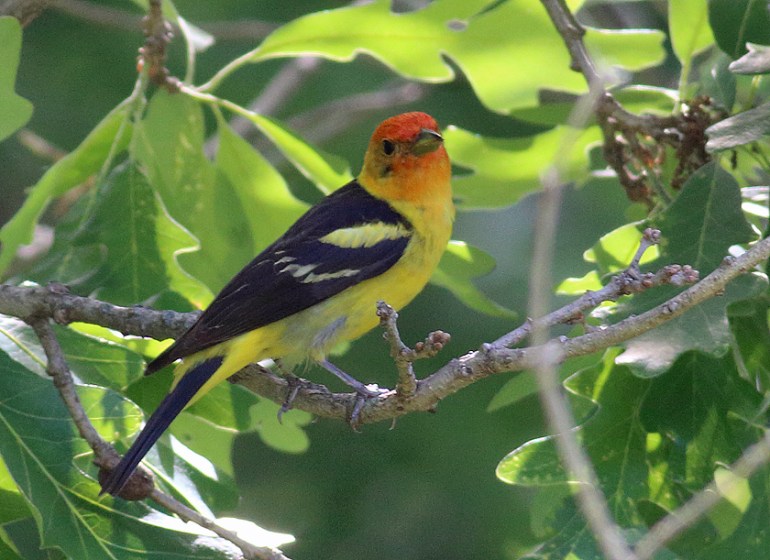The calendar is changing over to October, which means fall migration is in full swing. It’s not a cheery time for a birder in South Dakota! Winters are long, and bird species and numbers are both WAY down compared to the other three seasons. However, there are a few bright spots! What “saved” winter for me a few winters ago was the sheer delight in finding a species I’d never seen around southeastern South Dakota.
Up until that winter (3 years ago, 2015-2016), the only place I’d seen a Northern Saw-whet Owl was along the Missouri River near Pierre. Birders there found that they liked to winter in the cedar trees along the river. There are a few areas around my part of South Dakota that also have thick stands of cedar, so I thought I’d spend some time that winter searching for the little guys. It was very discouraging at first. It’s not easy searching through the thick cedar stands! I started in mid-November, searching for signs…the “white-wash” of their poop that you can find on the ground and branches below a daytime roost, or actual regurgitated pellets. I DID occasionally find owl-sign, but for a good month…no owls.
Then in late December 2015, I went to Newton Hills State Park. Birders had reported hearing a Northern Saw-whet Owl during a Christmas Bird Count, so I thought I’d leave before dawn, and spend several hours looking. It was a miserable day…cloudy with a very thick, icy fog, and I got a later start than I had planned. By the time I got there, the sun had already risen, and I was sure I wasn’t going to hear any calling owls. However, the fog was SO thick, that it was still relatively dark and gloomy when I arrived. It was only moments after stepping out of my car that I heard a calling Saw-whet Owl! I headed in the general direction, and by the time I got close, the owl had stopped calling. I slowly made my way into the cedar thicket, and almost immediately found fresh looking signs that an owl had been there. White-wash on the ground as well as pellets! I then slowly raised my head, hoping to see an owl sitting in the branches directly above the whitewash. No such luck! DAMN….IT. After spending so much time looking, I was getting frustrated and was convinced I’d never actually find one. I turned around to head out of the thicket, took about 3 steps, and walked into a commotion just above my head. Owl! He was only about 6 feet away from all the whitewash, but in a different spot, and I had accidentally caused him to flush when I walked past.
AAAARRGGGGHHH!!! I was at once both happy that I actually got a glimpse of an owl, but frustrated that I missed seeing him before I got so close he flushed. No photograph. Sigh. I continued the search though, and about 15 minutes later, found another location with whitewash and pellets. And this time…success! I looked directly above the whitewash, and staring back down at me from about 10 feet up in the cedar tree was a gorgeous little Saw-whet Owl!
I had a blast the rest of that winter. I found several more in the Newton Hills Area, and also 4 more near Lake Alvin just south of Sioux Falls. Overall that winter I found at least a dozen different Northern Saw-whet Owls! What was striking was how incredibly tame they were. That first owl on that foggy morning was the only one I saw that winter that actually flushed. Several times I was able to approach an owl and get mere feet away, and instead of flushing, I was typically greeted by a disinterested yawn.
This photo is one of my favorites from that winter. Northern Saw-whet Owls are tiny critters. Their prey is often small voles and mice, but even those are too much for them to consume in one sitting. They will often catch a vole or mouse, eat half of it, and cache the other half in the nook of a tree branch. They then come back later and retrieve the cache, but in our cold winters, they have to thaw it before finishing their meal. Thus, I’d read you could sometimes find a Northern Saw-whet Owl “defrosting” a mouse. One morning I was lucky enough to witness such an event, as this grumpy-looking guy was busy defrosting breakfast when I came across him.
A “Compact Endothermic Mouse Defrosting Unit”!! One of my favorite memories from that winter. As the weather turns colder here, I’m hoping to again find these handsome little birds this winter.
















